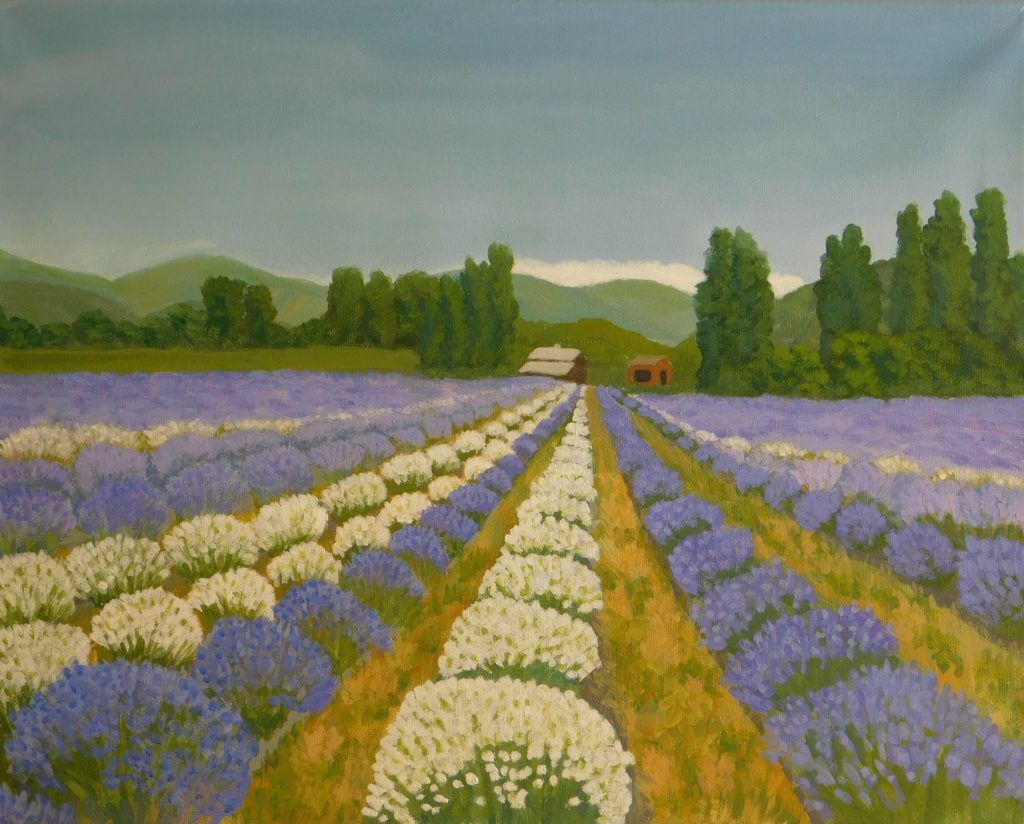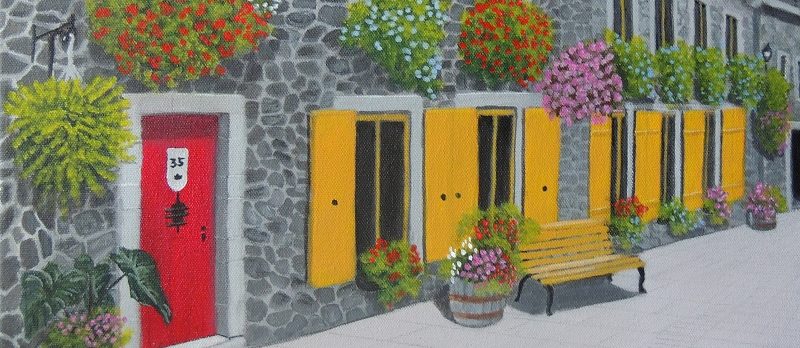The Seven Elements or Foundations of Art
- Comments Off on The Seven Elements or Foundations of Art
- Jun, 29, 2022
- By Lisa MacDonald
- Charcoal/Graphite/color pencil

The 7 elements of art are: line, shape, value, color, texture, space and form.
Even if you do not know that there are 7 elements to art; you have used them unknowingly.
Every artist uses a minimum of two of the elements to create art.
LINE:
Line is more than a mark from one point to the other. Lines can be straight, curved, thick or thin, vertical, horizontal, or diagonal.
Line is not necessary a visible line but can be a visible path by using direction, color, value, or size to direct the eye through the painting. Lines show size, height, conveys perspective and creates patterns.
SHAPE:
A shape has 2 dimensions with length and width but not depth. Shapes are created by a combination of lines that may be simple or complex, regular, or irregular. Shapes are used for visual interest, balance, rhythm, and hierarchy in the composition of a work of art. (Drawing or painting).
VALUE:
Refers to how light or dark a color appears.
Two different colors can have the same value; therefore, having little contrast. You could have different values of the same hue called tints.
It is useful to have a value scale on hand. It is vital to understand value, and the best way is to spend time drawing where you must concentrate on the value. Colors will match one of these gray scale values.

COLOR:
Color affects mood and overall feeling of the art. Knowing color theory is so important. For a free guide to color mixing see https://artstudiolife.com/?s=free+color+mixing+download I found this free eBook very useful.
Also see https://emptyeasel.com/2008/12/30/the-role-of-color-in-art-how-to-use-color-to-enhance-painting/
TEXTURE:
There are two types of textures: implied which is an illusion of texture, and physical where texture can be seen and touched. An example of implied is fur on an animal created by various colors although smooth imply soft fur. An example of physical texture is palette knife paintings where you can feel and see texture.
SPACE:
There are two types of space in art: positive and negative. Positive space refers to an area of interest such as trees in a landscape or a person in a portrait.
Negative space is the space around and between objects.
For a great article on negative and positive space see https://www.skillshare.com/blog/space-in-art-why-it-matters-and-how-to-use-it-effectively/
FORM:
Form refers to shape. One use of form is sculptures that have height, length, and depth. There are two types of form in painting: geometric and organic. Geometric forms are things like sphere, cubes, pyramid, cone, and cylinder. A circle become a sphere in three dimensions, a square becomes a cube in three dimension, and so on.
Organic forms are those that are free-flowing such as shapes of flowers, branches, leaves, puddles, clouds, animals, and human figures.
All these elements come together to create interest and impact in a painting. You have used them unknowingly but if you want your art to be more impactful it is important to understand the elements and how to use them effectively.
